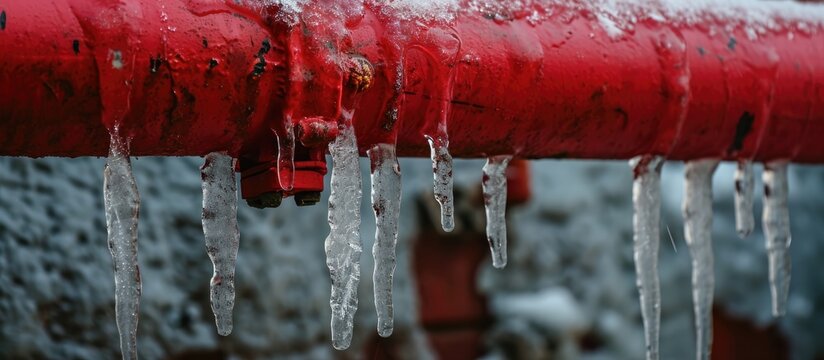Do you find yourself searching for help involving How To Avoid Freezing Pipes?

Cold weather can ruin your pipes, especially by freezing pipelines. Right here's just how to avoid it from taking place and what to do if it does.
Introduction
As temperatures decline, the risk of frozen pipes rises, possibly causing pricey repairs and water damage. Comprehending exactly how to stop icy pipelines is critical for house owners in chilly environments.
Recognizing Frozen Pipelines
What triggers pipes to ice up?
Pipelines freeze when exposed to temperatures listed below 32 ° F (0 ° C) for expanded periods. As water inside the pipes ices up, it broadens, putting pressure on the pipeline wall surfaces and possibly causing them to burst.
Dangers and problems
Icy pipes can lead to water supply disturbances, residential or commercial property damage, and costly repairs. Ruptured pipelines can flood homes and create comprehensive architectural damage.
Indications of Frozen Piping
Determining icy pipes early can avoid them from breaking.
Just how to identify frozen pipes
Look for reduced water circulation from taps, unusual smells or sounds from pipes, and visible frost on revealed pipes.
Prevention Tips
Protecting at risk pipelines
Wrap pipes in insulation sleeves or use warm tape to safeguard them from freezing temperatures. Focus on pipes in unheated or exterior areas of the home.
Heating methods
Keep interior spaces sufficiently heated up, especially locations with pipes. Open up cupboard doors to allow cozy air to distribute around pipes under sinks.
Securing Outside Pipes
Garden hoses and exterior faucets
Separate and drain yard hoses before winter. Install frost-proof faucets or cover exterior taps with protected caps.
What to Do If Your Pipelines Freeze
Immediate activities to take
If you think frozen pipes, maintain taps open to ease pressure as the ice thaws. Utilize a hairdryer or towels soaked in hot water to thaw pipelines slowly.
Long-Term Solutions
Structural adjustments
Think about rerouting pipes far from exterior wall surfaces or unheated areas. Add added insulation to attic rooms, basements, and crawl spaces.
Upgrading insulation
Purchase top quality insulation for pipelines, attics, and wall surfaces. Appropriate insulation aids keep constant temperatures and minimizes the risk of icy pipelines.
Conclusion
Protecting against frozen pipelines requires positive measures and fast reactions. By recognizing the causes, indicators, and safety nets, homeowners can protect their plumbing during cold weather.
5 Ways to Prevent Frozen Pipes
Drain Outdoor Faucets and Disconnect Hoses
First, close the shut-off valve that controls the flow of water in the pipe to your outdoor faucet. Then, head outside to disconnect and drain your hose and open the outdoor faucet to allow the water to completely drain out of the line. Turn off the faucet when done. Finally, head back to the shut-off valve and drain the remaining water inside the pipe into a bucket or container. Additionally, if you have a home irrigation system, you should consider hiring an expert to clear the system of water each year.
Insulate Pipes
One of the best and most cost-effective methods for preventing frozen water pipes is to wrap your pipes with insulation. This is especially important for areas in your home that aren’t exposed to heat, such as an attic. We suggest using foam sleeves, which can typically be found at your local hardware store.
Keep Heat Running at 65
Your pipes are located inside your walls, and the temperature there is much colder than the rest of the house. To prevent your pipes from freezing, The Insurance Information Institute suggests that you keep your home heated to at least 65 degrees, even when traveling. You may want to invest in smart devices that can keep an eye on the temperature in your home while you’re away.
Leave Water Dripping
Moving water — even a small trickle — can prevent ice from forming inside your pipes. When freezing temps are imminent, start a drip of water from all faucets that serve exposed pipes. Leaving a few faucets running will also help relieve pressure inside the pipes and help prevent a rupture if the water inside freezes.
Open Cupboard Doors
Warm your kitchen and bathroom pipes by opening cupboards and vanities. You should also leave your interior doors ajar to help warm air circulate evenly throughout your home.

As a passionate person who reads on Preventing and dealing with frozen pipes, I think sharing that piece of content was worth the trouble. Enjoyed reading our write up? Please quickly share it. Help someone else check it out. Thank-you for taking the time to read it.
Contact Us Today